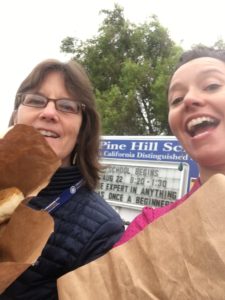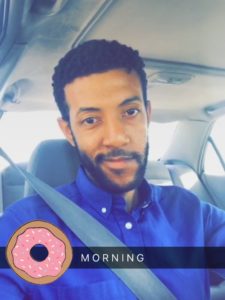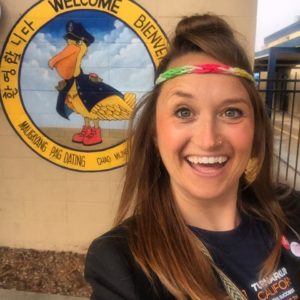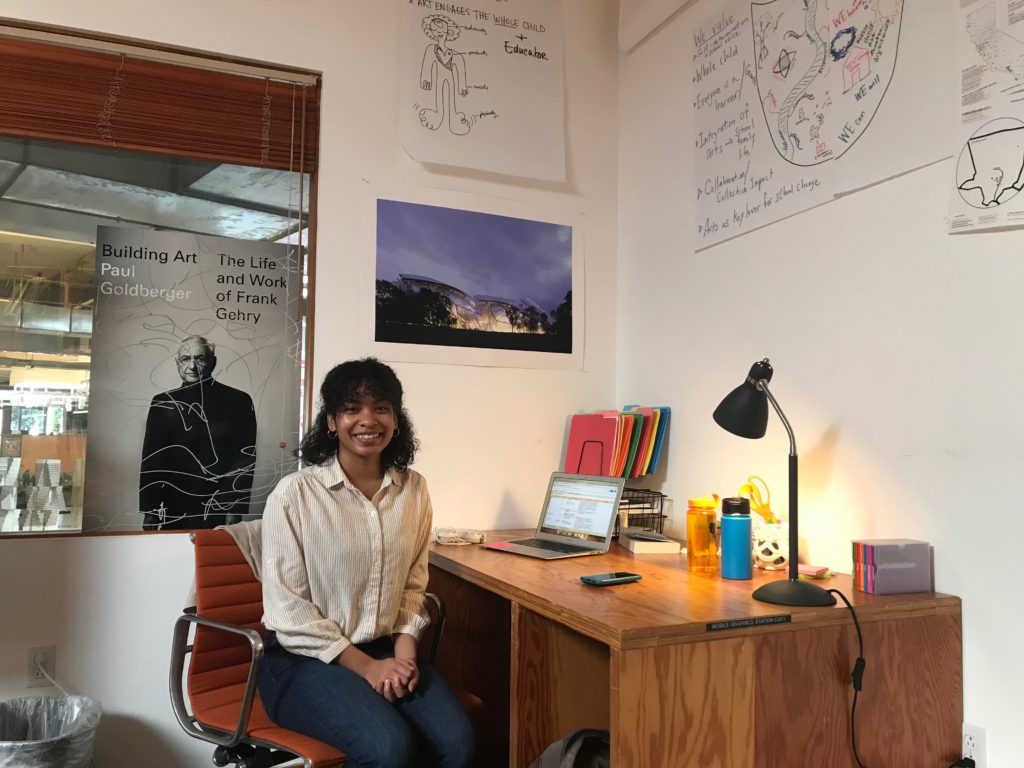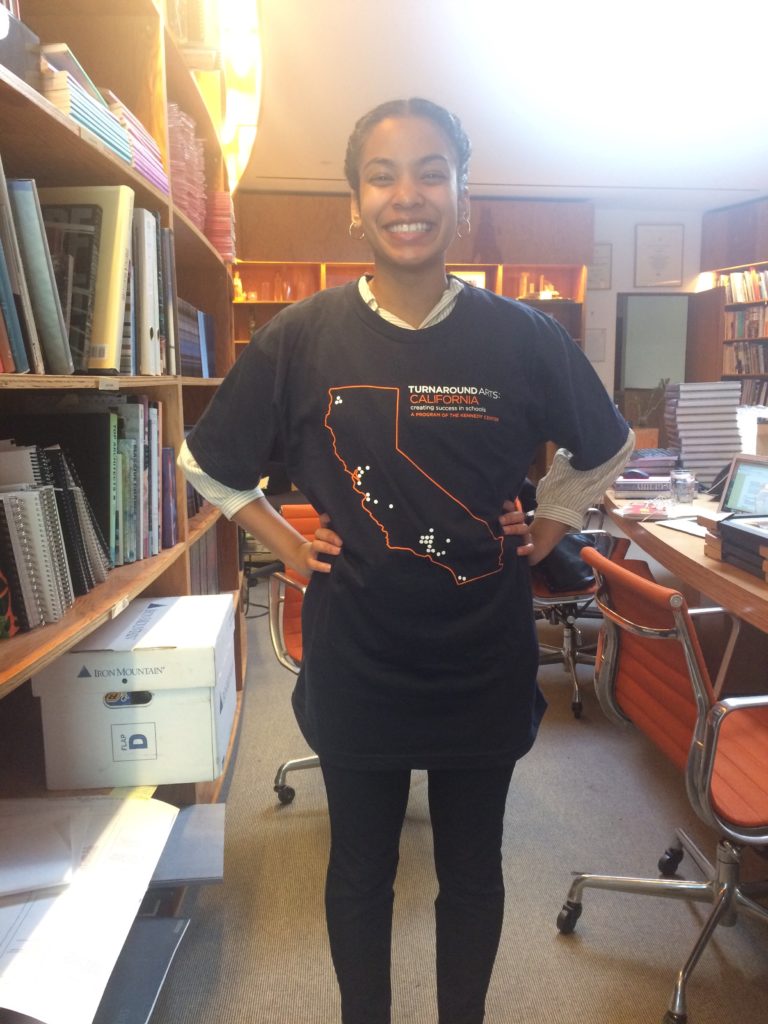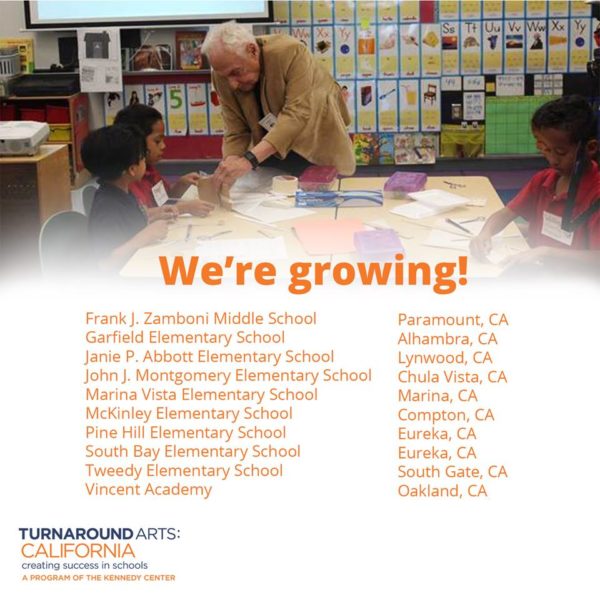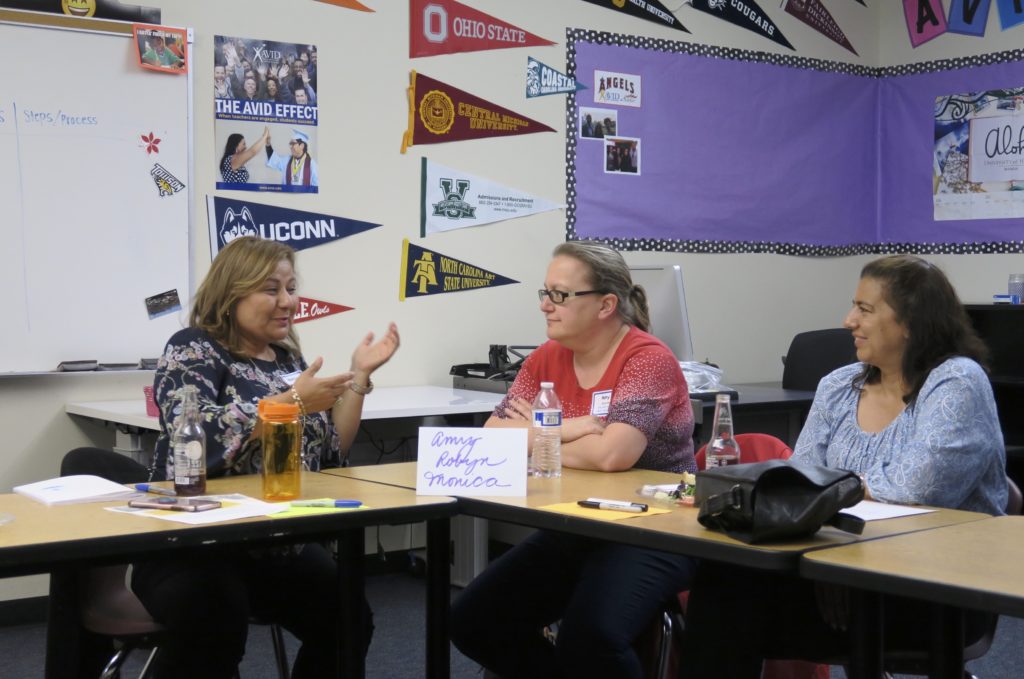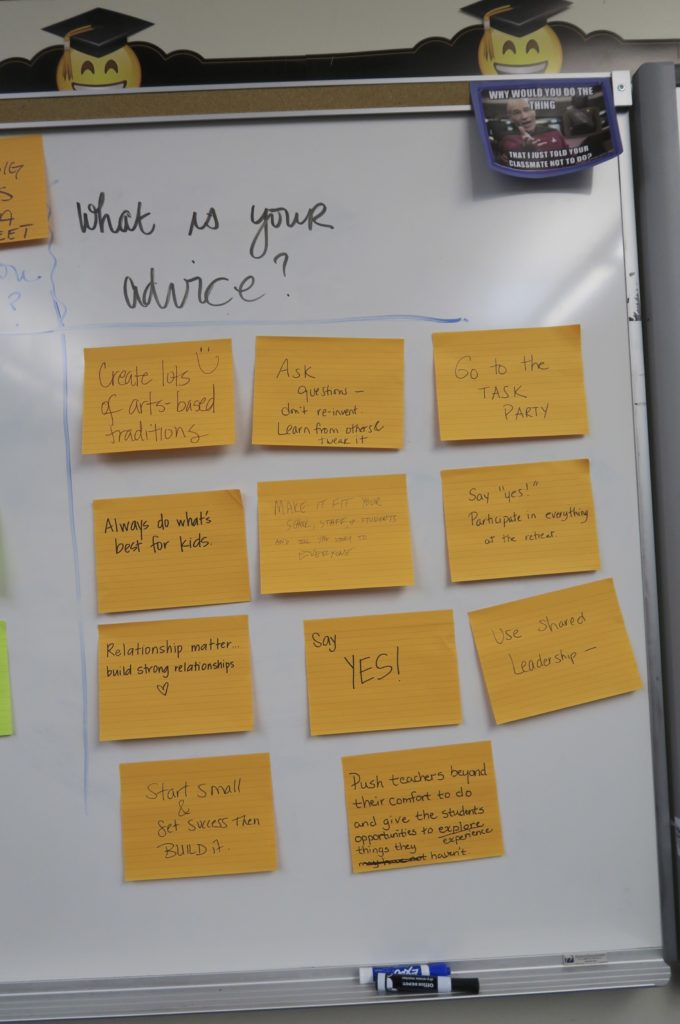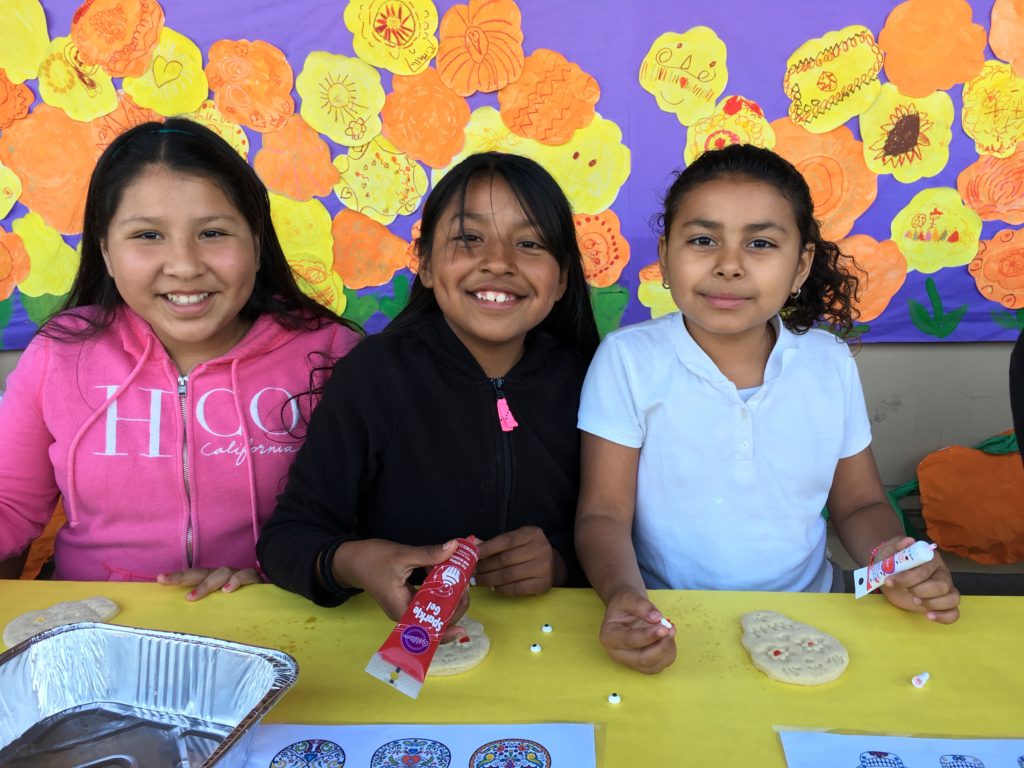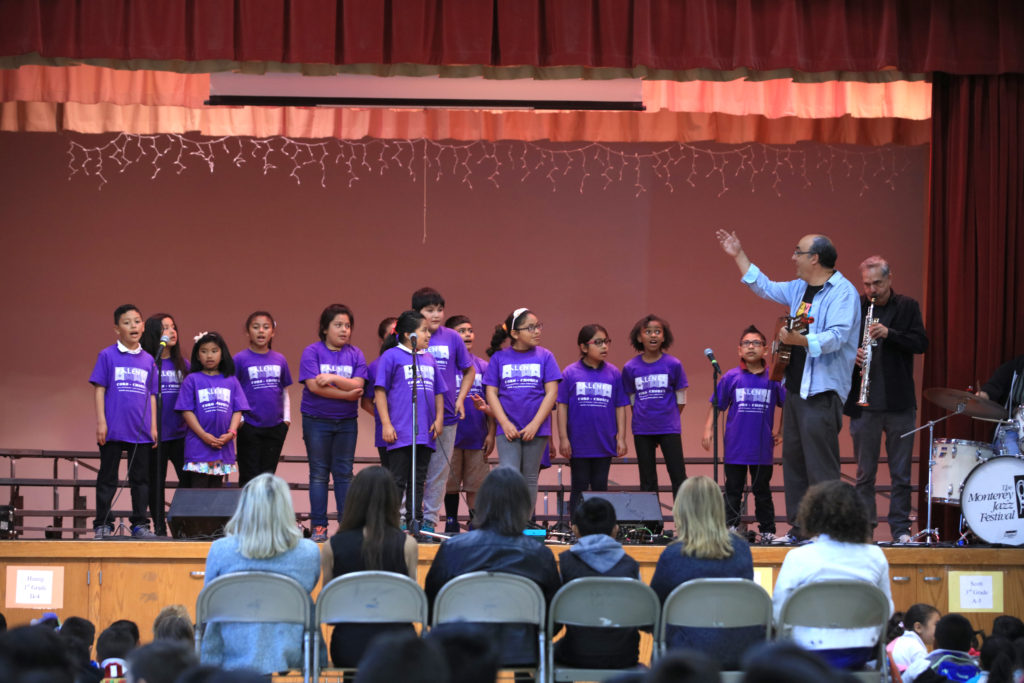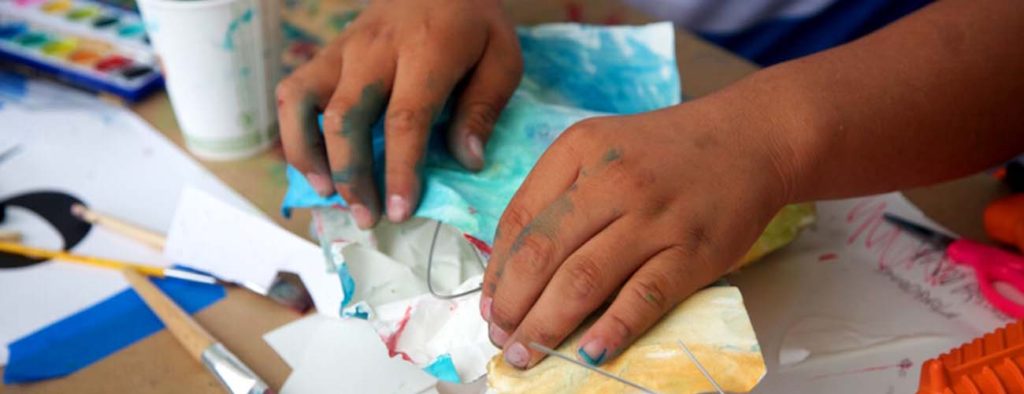
“It’s wonderful to be able to connect with like-minded colleagues who are champions for the arts.”
-Attendee, 2024 Principal Retreat
Principals from our 24 partner schools across California gathered for two days of community-building, leadership development, hands-on arts workshops, arts planning, and peer exchange. This year’s retreat focused on the intersection of shared leadership, equity, and arts integration for school leaders.
While research shows that effective principal leadership catalyzes positive school change and that the arts improve school climate and student outcomes, principal development programs rarely focus on arts leadership. Our innovative principal program builds the capacity of principals to lead for positive change in their schools and ensure greater access to high-quality arts instruction for the marginalized communities served by their schools.
This retreat provides a unique opportunity for principals to gather, learn from each other, and engage in their own development as school leaders and as leaders in the arts. With the many challenges our schools continue to face, an important component of this retreat is also to care for and celebrate our principals. Thanks to Elizabeth Segerstrom, attendees were also treated to a special dinner and performance of Lion King the Musical at the Segerstrom Center for the Arts.
Following are photos and highlights from our time together.

We kicked off the retreat with a welcome reception, including a Creative Leadership Award for Superintendents , and a performance from middle school jazz band students at our partner Willard Intermediate School in Santa Ana.

Our first full day of the retreat began with community-building as each attendee shared a personal identity object to create a collective art installation in our shared space.
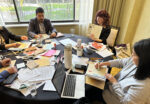
Attendees then participated in hands-on arts integration workshops led by our partners at Collaborations: Teachers and Artists, where they designed lessons for students that met learning goals in the arts and in other subjects such as math, science, English language arts, and history. One attending principal shared, “Participating in the art activity was a great experience. It really allowed me to think about what this would be like for students and teachers.”
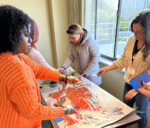
Day two began with a mindful painting moment to solidify key learnings from a reading, an activity that could be replicated at their school sites.

Principal Linh Roberts from Los Cerritos Elementary in Paramount, and Principal Logan Manning of Westlake Middle School in Oakland, presented on their successes in developing arts-integrated curriculum as part of our Lesson Labs program.
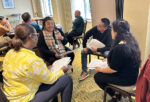
Principals also participated in a group study of best practices to create more inclusive and equitable schools.

The retreat concluded with a check-in on progress toward strategic arts plan goals and vision setting for the remainder of the school year. An attending principal shared, “Time with Turnaround always re-energizes me and helps to re-ground me in the importance of centering the arts.”
Special thanks to our supporters of this retreat:
Elizabeth Segerstrom
The Segerstrom Foundation


